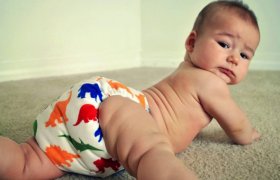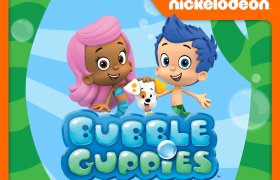The Importance of Creative Play with Kids

There’s your daughter, rummaging through your closet and finding that polka-dot dress that you bought back in 1999 to wear to the big graduation BBQ, and you had forgot you still even owned it. Next, she’ll spend 20 indecisive minutes selecting just the right shade of lipstick to match the glossy pumps that you over-paid for and never wore.
It might be hard to sit there and bite your tongue as both the mess and the horrible color combinations mount with each passing minute. But that’s exactly what you should do, a lot of studies suggest. Playing dress up or spending an afternoon getting a big (albeit an 8-year old’s version of a) makeover is something that most every parent has experienced at one time or another, or at least they should try to.
As parents we spend a considerable amount of time directing the interests of our children in what they should and should not be doing in their free time. A lot of this is for good reason of course, we certainly wouldn’t want to indulge our child’s fascination in playing with matches, but sometimes even though our intentions are good, and our hearts are in the right place, we still steer our toddler’s focus to the things that we think are going to be productive, safe, and beneficial. The problem is that we can lack a good view of the bigger picture, and so we miss out on some incredible opportunities in their development.
For most of us, from the moment that our alarm clock rings to the time that the house finally falls silent at night, we are in a constant rush. Getting everyone in the family up, dressed, fed, and out the door on their way to daycare, school, or work would seem a herculean task in and of itself, if only it weren’t followed by the numerous other chores of great importance throughout any given day.
Sometimes, I sit back and reflect on just what a cat’s-cradle way of life we have unwittingly designed for ourselves in our family. Something as benign as a missing sneaker has the potential to create a ripple effect of bedlam that can reverberate all the way to dinner time or beyond. As we strive to be good parents though, this doesn’t mean that we haven’t set aside precious minutes each day to ensure that our children are not only dotted on, but are given structured development and care in a number of different ways. We make sure they eat well, practice good hygiene, their clothes are clean, (and they have some sort of color coordination going on), homework is done, books read, free time protected, and bed times enforced. So how can it be possible that we’re missing some critical piece of the equation that provides our children the necessary combination that creates a balanced personality as they grow? As unthinkable as it might seem, that’s exactly the case for many parents.
It seems like more and more these days there is either a real, or at least a perceived, level of scrutiny on us as parents. We can blame it on the social media trend that shows no signs of slowing, documenting our every move for posterity, or maybe the fact that there are so many terrible examples of parents out there doing actual harm to their children, but the truth is that it can be difficult not to second guess some of our parental moves for the fear of looking like anything less than a confident and educated parent. The downside to this is that we sometimes stifle the creativity and individual expression that comes quite naturally to pretty much all children. Kids have terrific imaginations and a sense of wonderment about the world, that if we just allow it, will not only help them thrive emotionally as they grow, but also teach us a thing or two that we may have forgotten somewhere along the road to adulthood.
That brings us back to that makeover that you maybe really didn’t have time for but opted to allow anyway. Whether it is in fact an actual makeover, or even some other imaginative form of play, allowing your child the freedom to explore and express their natural creativity is a foundational corner stone of human development. When children engage in creative playing, free from restrictive boundaries, they begin to test assumptions, and to form their individual views of their world as they see it. As silly as it sounds, something as simple as a makeover is actually a great medium for supporting this type of creative play time; no different than encouraging your child in any of the other more conventional forms of imaginative play. Yes, they might make somewhat of a mess out of your wardrobe, or your makeup and jewelry boxes, but as long as what they are doing is safe, it’s okay to let them be kids.
Numerous studies have shown that by allowing your child to engage in creative play time, they develop the cognitive skills that are often necessary later in life. Think of your spouses or maybe even your own job – how much of what you are paid to do each day requires individual thought? How many times a day are you forced to come up with a new or at least new-to-you way of approaching problems or accomplishing something? If you’re like me, I’d say probably a lot. The fact is that adults are prized for their ability to think outside the box, from problem solving to conflict mitigation, the answers aren’t always just staring us in the face, we have to create them. With so much time spent these days in front of a television or working on the pile of homework that seems to grow with each generation, the opportunity to form and explore independent and creative thoughts is diminishing. Even though your child’s television program often offers a fantasy world far removed from reality, it doesn’t require the same imagination that conceiving and developing that fantasy world took. Homework might certainly require your child to think, but that doesn’t mean that their thoughts are original thoughts. Instead rather, education more often than not requires the ability to remember and repeat already known or taught knowledge, not to think for ourselves.
So now that you’re starting to see the link between creative play time and cognitive development you might be wondering what sort of activities fall into this category. The good news is that you’re likely already familiar with a bunch of them, you might just not be capitalizing on the opportunities that you have almost every day. Instead, try to see the forest for the trees so to speak, and not only encourage these creative play times, but protect them the way that you would protect any other developmental time for your children such as their bed times. Just a few of the many examples could be:
Painting
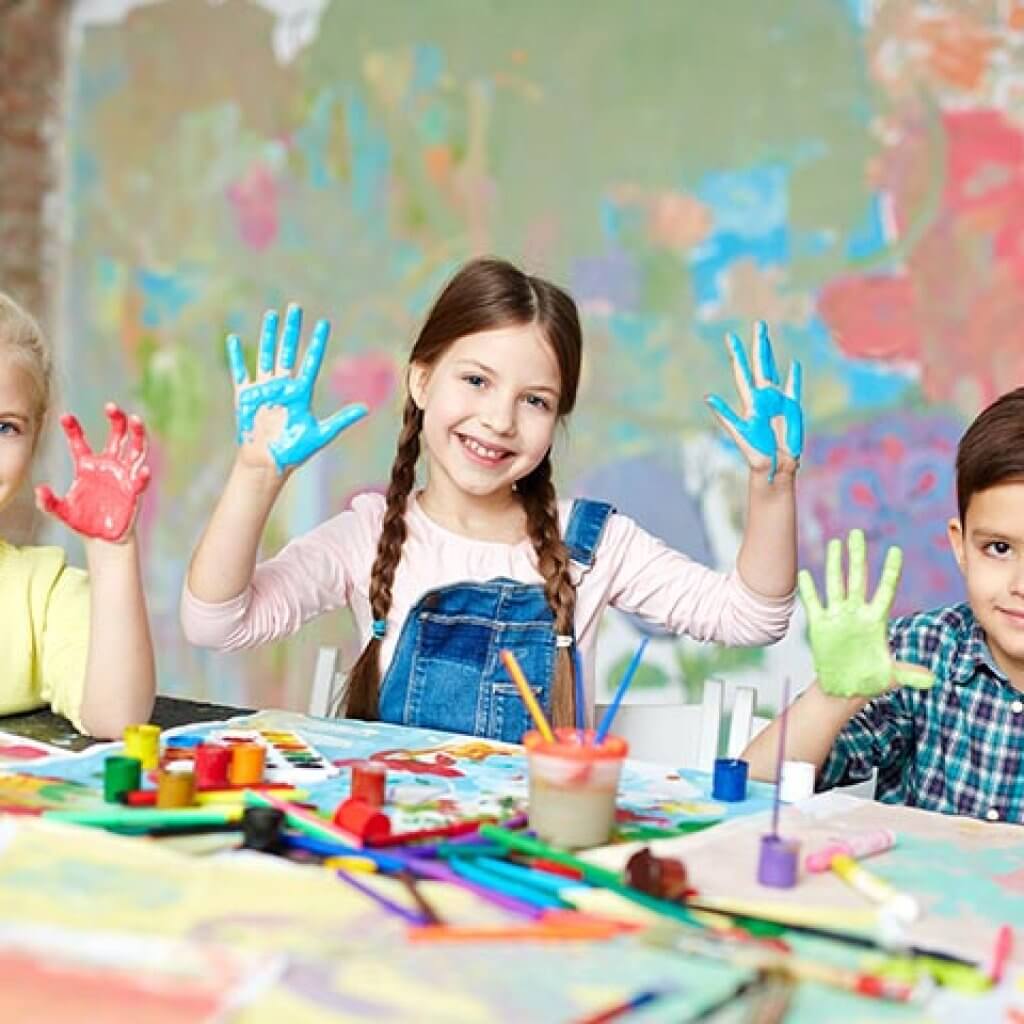
Handing a toddler a paint brush and some paints might seem like a risky endeavor, but painting is a great way to not only allow your child to explore their artistic talents, but also to develop their fine motor skills. You may even discover that participating along with them isn’t just a great way to spend time together doing an activity that they enjoy, but it can also help relieve some of your own stress.
Playdough and Legos
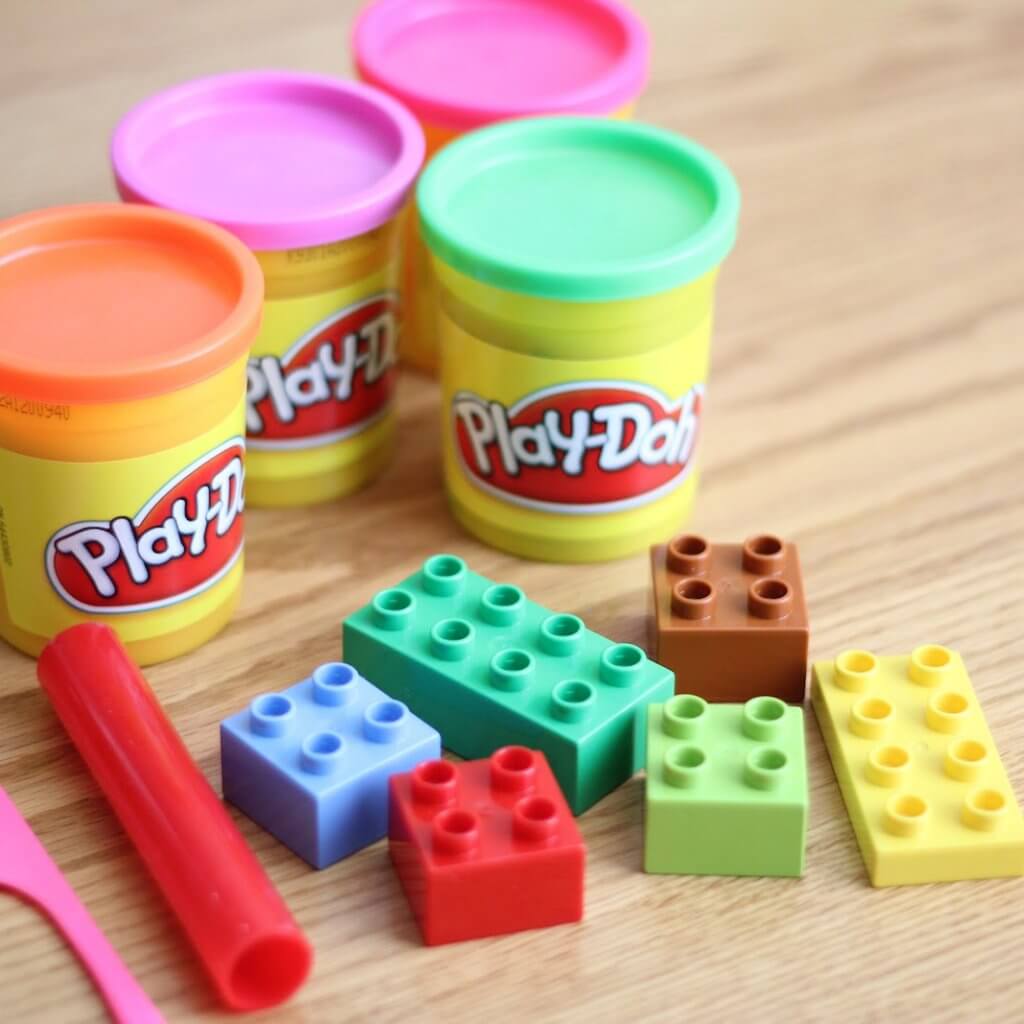
The transfer from thought in your child’s imagination into something tangible made with their own hands has many benefits. When your child actually creates something, no matter how nonsensical it may seem in the beginning (the first pottery sculpture I made my parents when I was a kid was an ashtray, and neither of them smoked), they gain a sense of self-confidence that children need. The ability to make things is a fundamental human trait that is not limited to children either, so roll up your own sleeves and see what you can make yourself.
Pillow Forts

Nothing allows a child to create a fantasy land like turning your living room into a mythical kingdom in which they rule supreme. More than just a good rainy-day activity, building forts out of pillows, couch cushions, bed sheets, and whatever else you might find is also a fun way to let your child get creative on a bigger scale.
Dress Up
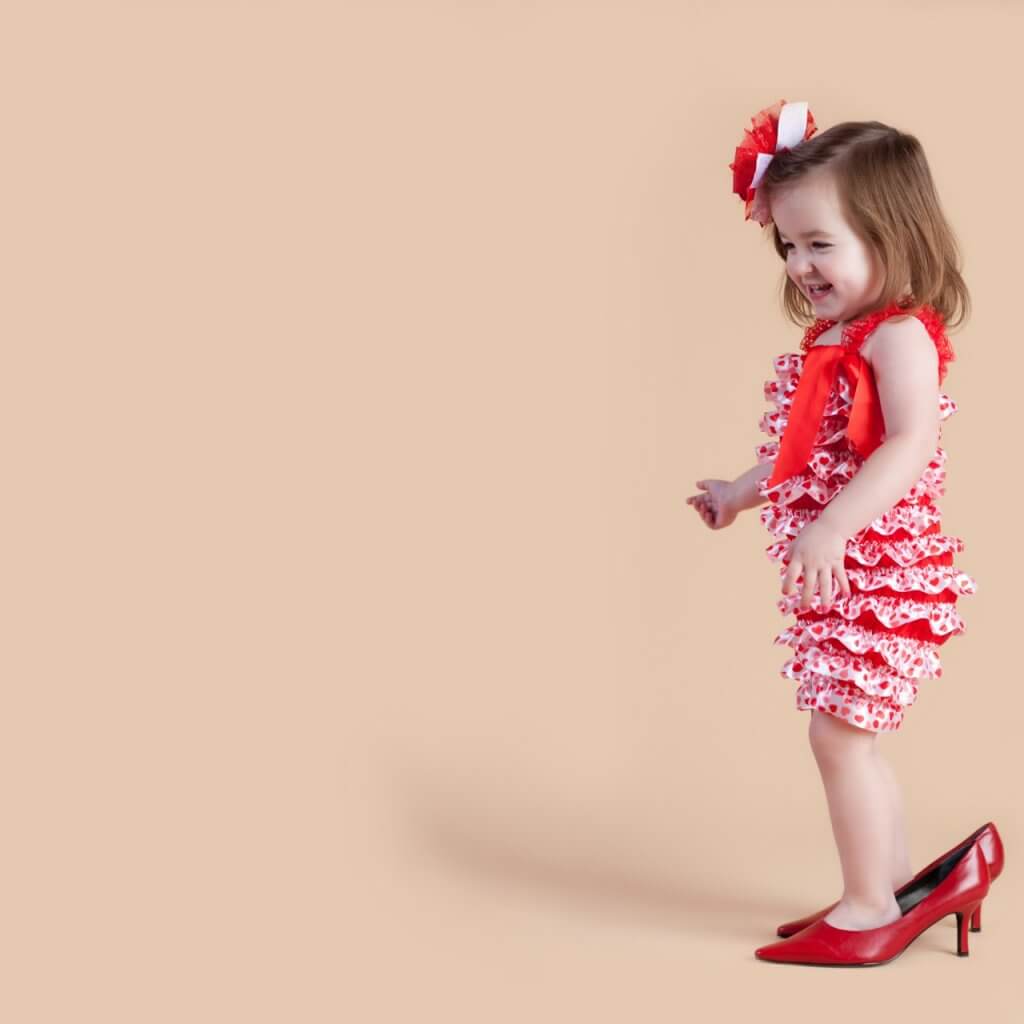
Much like a makeover, playing dress up might require some props from your personal collection. But that’s ok, what’s important is that your children spend some time in alternate roles or personalities. In our house, we save all of the Halloween costumes for this reason!
There’s a fine line between keeping your child safe or not destroying your house and belongings, and stifling their creativity. The more activities you introduce to your child, the more they may try and come up with themselves. While it’s paramount that you keep them from doing anything that might get them seriously injured or build bad habits, you also want to allow them the freedom to explore new ideas and activities. It’s also important for you to participate with them whenever you can. This isn’t just about time spent bonding, its also reaffirming of their creativity. Not everything your child does is going to be geared towards eventually getting them into an Ivy League school or winning a Nobel Peace Prize, some things, like creative play, are going to help them in other ways. Encourage these playtime activities, and protect them in the same way that you protect other important parts of their day, and don’t forget to enjoy them with them!




